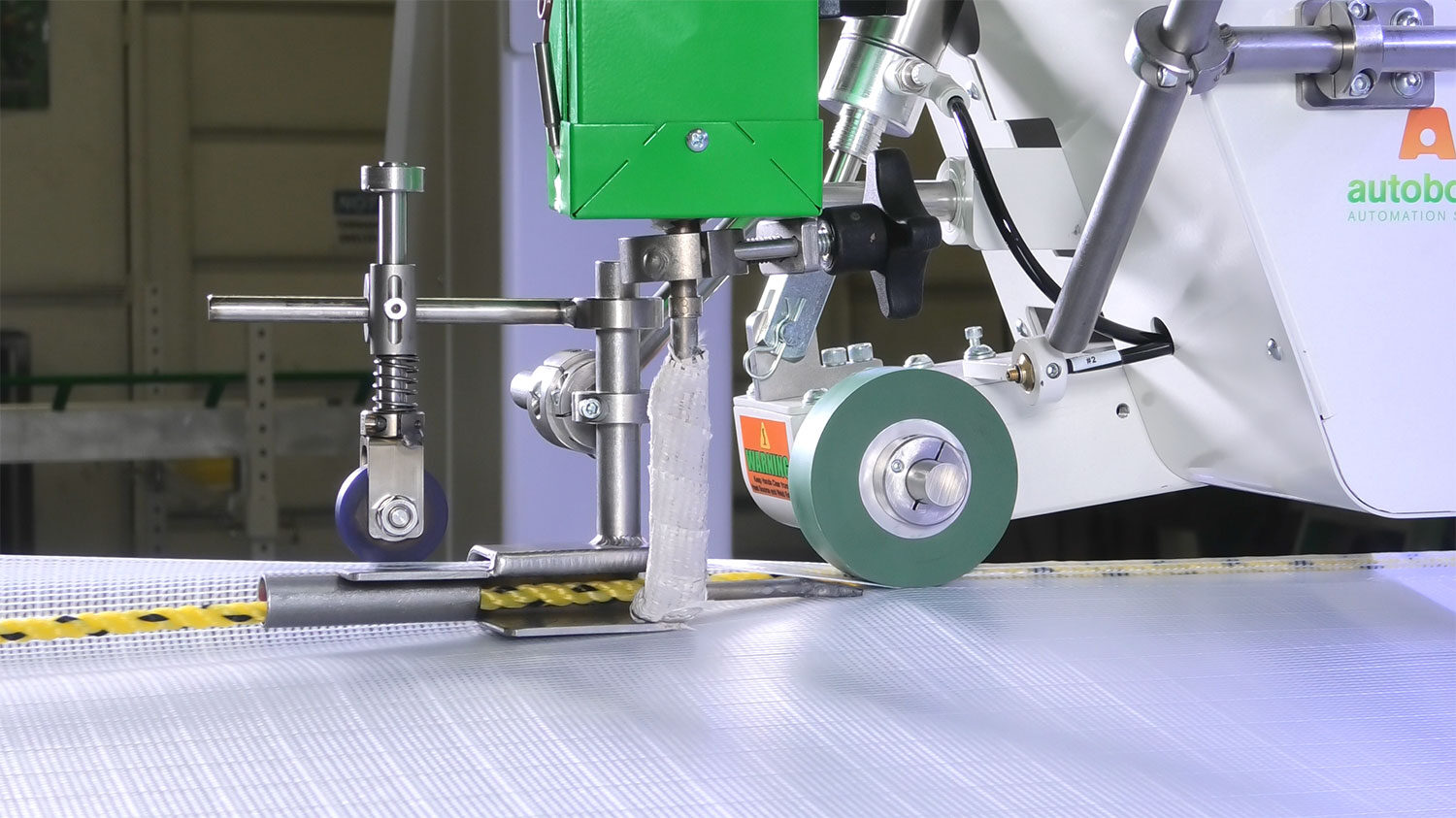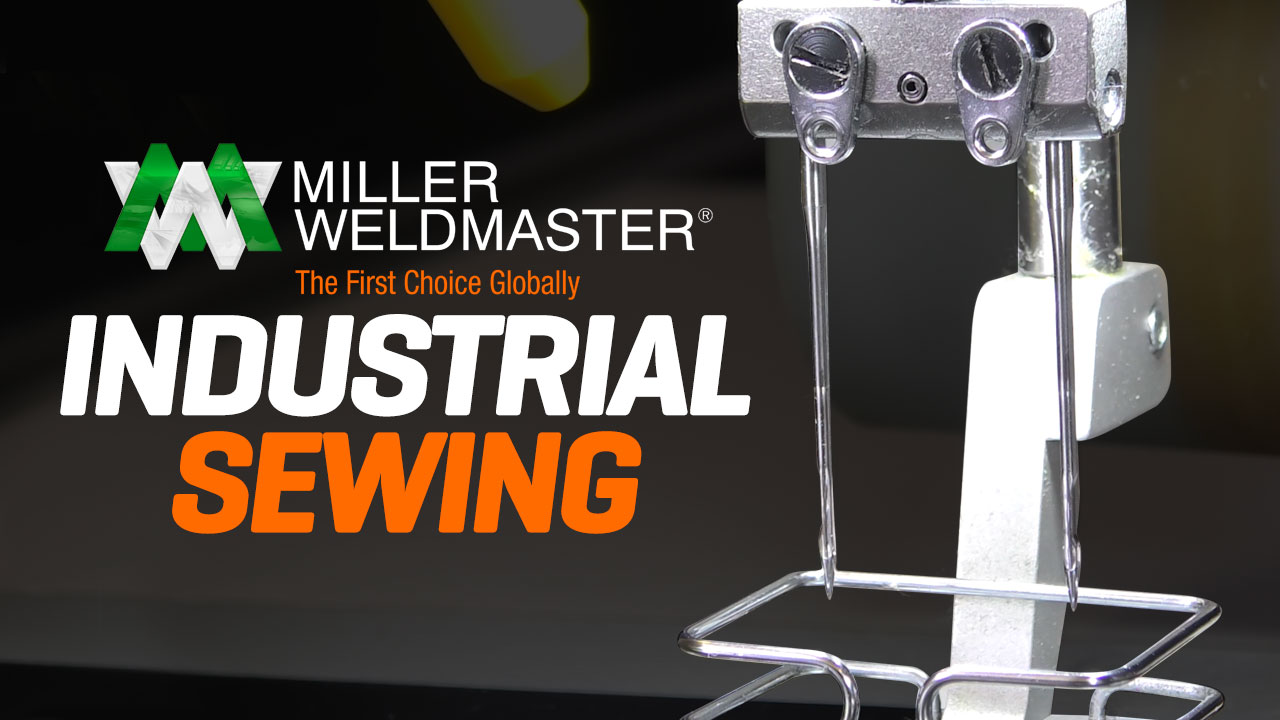Introduction to Automated Welding Equipment
Automated welding equipment has revolutionized modern manufacturing, offering advantages over traditional manual welding methods. This technology utilizes automated welding systems, material handling equipment and computer programming to perform welding tasks with precision and consistency. From its inception to its current state, automated welding equipment has evolved to become a cornerstone of industrial manufacturing, enhancing productivity and ensuring superior weld quality.
Automated welding equipment works by using automatic arms equipped with welding tools, controlled by advanced software that guides the welding process. This technology reduces human error, increases efficiency, and maintains consistent weld quality across large production volumes. As the demand for high-quality, reliable welds grows, the importance of automated welding equipment in modern manufacturing becomes increasingly evident.
For more detailed insights on custom automation machines, visit Miller Weldmaster.
Understanding the Costs of Automated Welding Equipment
Investing in automated welding equipment involves several cost considerations. These include the initial purchase cost, installation and setup expenses, maintenance and operational costs, and training and labor costs.
Initial Investment and Purchase Costs
The price of automated welding equipment varies widely based on factors such as capabilities, technology, and features. High-end systems with advanced capabilities may come with a hefty price tag, while more basic models are relatively affordable. Understanding these cost variations is crucial for making an informed investment decision. While the initial investment in advanced automated welding systems can be substantial, it ultimately helps save money in the long run by increasing efficiency, reducing labor costs, and minimizing material waste. This long-term cost-effectiveness makes the upfront expenditure a smart and strategic choice for forward-thinking manufacturers.
Installation and Setup Costs
Setting up automated welding equipment often requires modifications to existing infrastructure. The installation process includes integrating the new system into the production line and ensuring compatibility with other equipment. These setup expenses can add to the initial investment but are essential for optimal performance.
Maintenance and Operational Costs
Routine maintenance is necessary to keep automated welding systems running smoothly. This includes regular inspections, part replacements, and software updates. Additionally, energy consumption and potential repair costs should be factored into the overall operational budget. It is important to note that routine maintenance is required for both standard and automated machines to ensure optimal performance and longevity.
Training and Labor Costs
Operating automated welding equipment requires specialized training for personnel. Investing in comprehensive training programs ensures that operators can manage the equipment efficiently, minimizing errors and downtime. While training incurs additional costs, it significantly enhances workforce efficiency and productivity. Miller Weldmaster machines are intuitive and easy to train on, which helps reduce the learning curve and allows operators to become proficient quickly. This user-friendly design ensures that your workforce can effectively utilize the equipment, maximizing productivity and operational efficiency.
Benefits of Automated Welding Equipment
Despite the initial costs, the benefits of automated welding equipment are substantial, leading to increased productivity, improved weld quality, enhanced safety, and long-term cost savings.
Increased Productivity and Efficiency
Automated welding systems perform welding tasks faster than manual methods, significantly reducing production time. This increased speed translates to higher output and the ability to meet tight deadlines. Various industries have reported substantial productivity gains after adopting automated welding technologies.
Improved Weld Quality and Consistency
Automated welding equipment ensures consistent weld quality by minimizing human error. The precision of robotic systems results in fewer defects and higher overall product quality. Case studies demonstrate the remarkable improvements in weld quality achieved through automation.
Enhanced Safety and Reduced Risk of Workplace Injuries
Automation reduces the need for human involvement in hazardous welding tasks, thereby enhancing workplace safety. Material handling manages dangerous materials and environments, significantly lowering the risk of injuries. Compliance with stringent safety standards and regulations is more easily maintained with automated equipment.
Long-Term Cost Savings and ROI
While the initial investment in automated welding equipment may be substantial, the long-term cost savings are significant. Automated systems reduce labor costs, minimize material waste, and enhance operational efficiency. Detailed ROI analyses reveal the financial benefits of transitioning from manual to automated welding, with many Miller Weldmaster clients reporting impressive cost savings.
Considerations Before Investing in Automate Welding Equipment
Before making the leap to automated welding, several critical factors must be considered, including assessing current processes, identifying specific needs, evaluating equipment options, and understanding the learning curve.
Assessing the Current Manufacturing Process
Analyzing existing welding processes helps identify limitations and areas for improvement. Understanding these pain points allows manufacturers to determine how automation can address specific challenges and enhance overall efficiency.
Identifying Specific Needs and Goals
Setting clear objectives for automation is essential. Manufacturers must prioritize the features and capabilities they require, ensuring that the chosen equipment aligns with their production goals and quality standards.
Evaluating Different Equipment Options
A thorough evaluation of various brands and models is crucial. Conducting research and trials helps manufacturers compare equipment performance, reliability, and cost-effectiveness, ensuring they make the best investment decision.
Understanding the Learning Curve and Adaptation Period
Transitioning to automated welding involves a learning curve for operators. Preparing the workforce for this change and implementing strategies for smooth integration are vital for maximizing the benefits of automation.
Partner with Miller Weldmaster for your Welding Automation Needs
Miller Weldmaster is a leading provider of innovative welding automation solutions, offering expertise and experience to help manufacturers achieve their automation goals. Choosing Miller Weldmaster ensures access to cutting-edge technologies, exceptional customer support, and proven results.
Why Choose Miller Weldmaster
Miller Weldmaster’s automated welding solutions are designed to deliver superior performance and reliability. Customer testimonials and success stories highlight the transformative impact of Miller Weldmaster’s technologies on productivity and cost savings.
How to Get Started with Miller Weldmaster
To explore Miller Weldmaster’s automated welding solutions, manufacturers can schedule a consultation or demo. Miller Weldmaster provides comprehensive resources and support to guide clients through the automation process, from initial assessment to full implementation.
For more information on Miller Weldmaster’s services and products, visit Miller Weldmaster.




